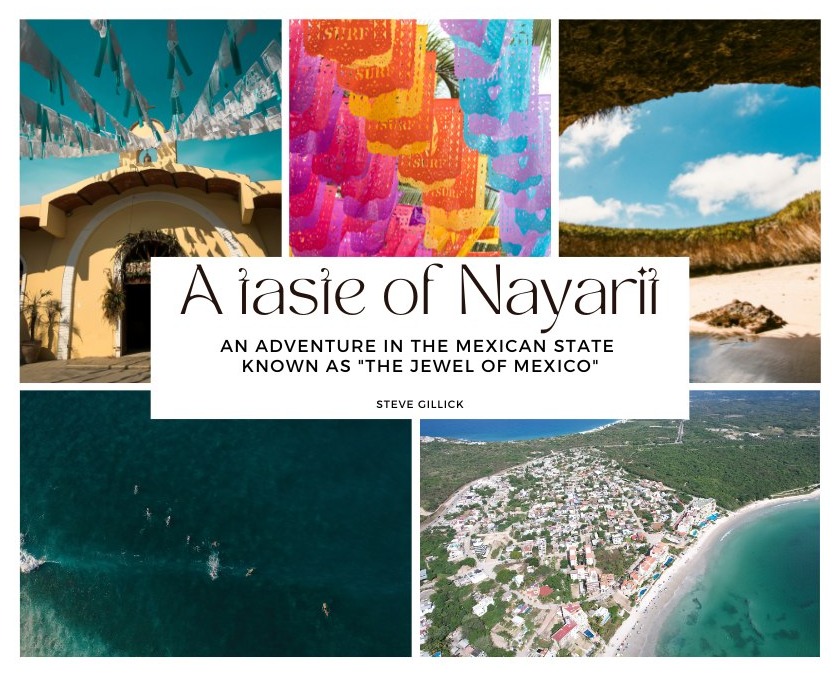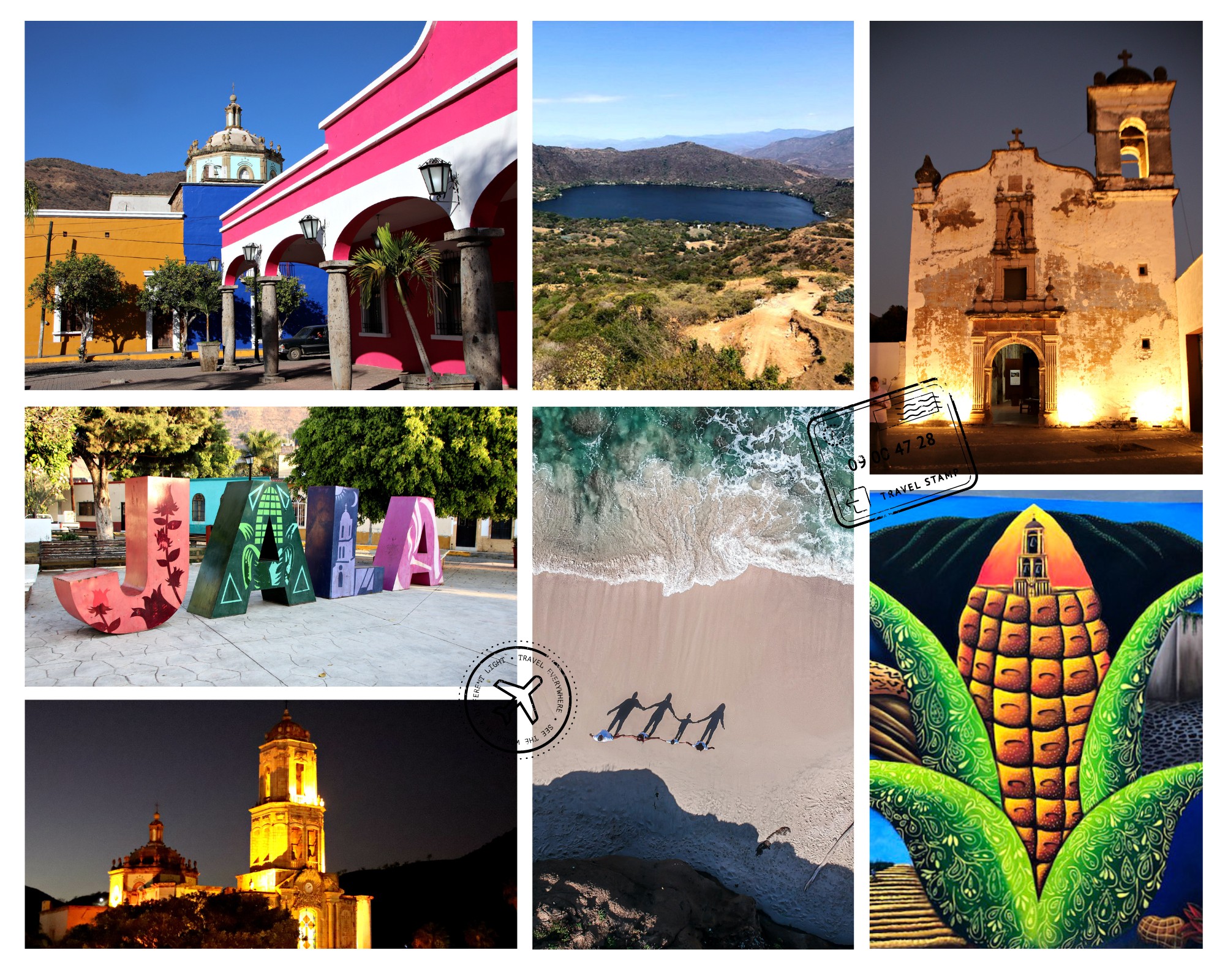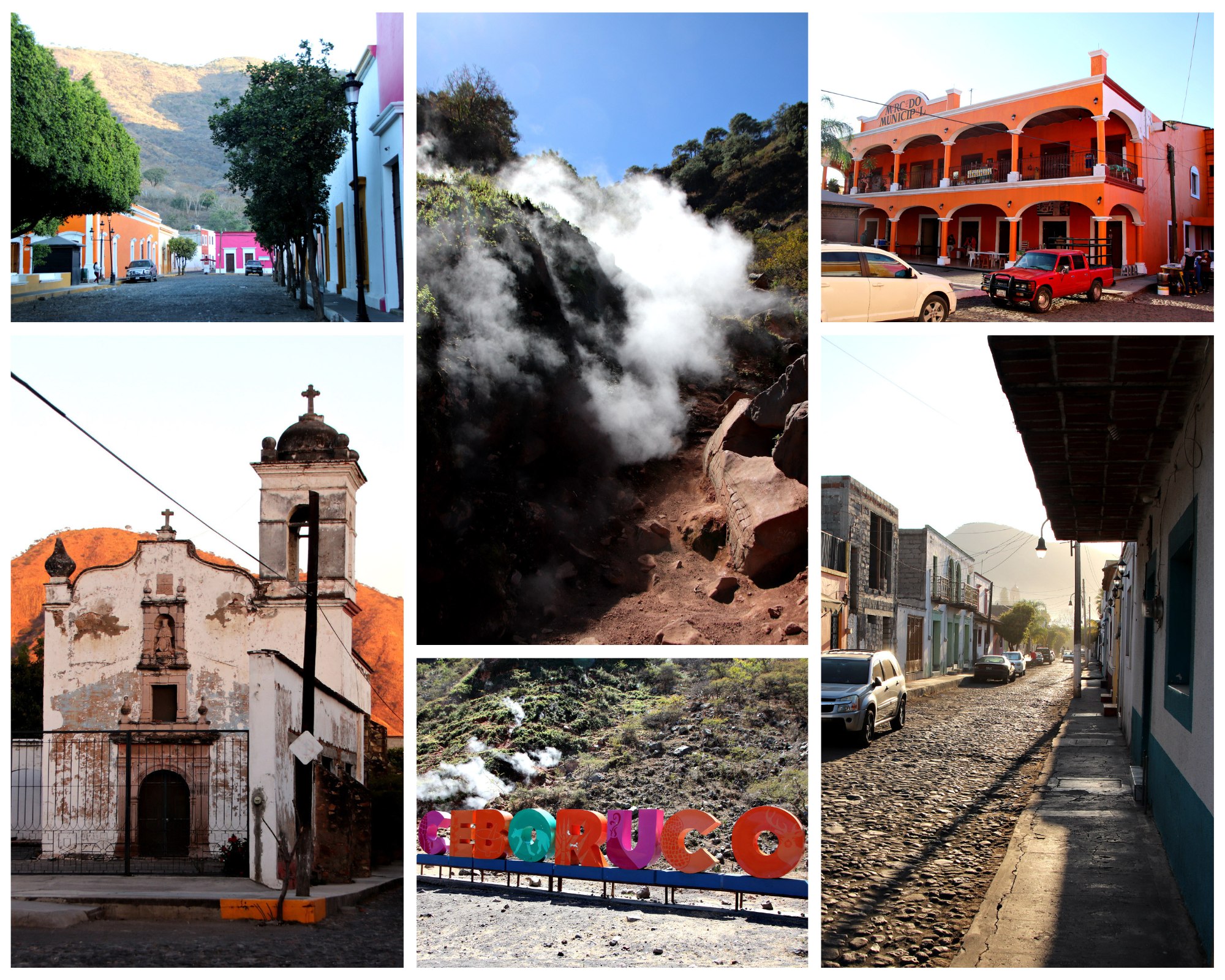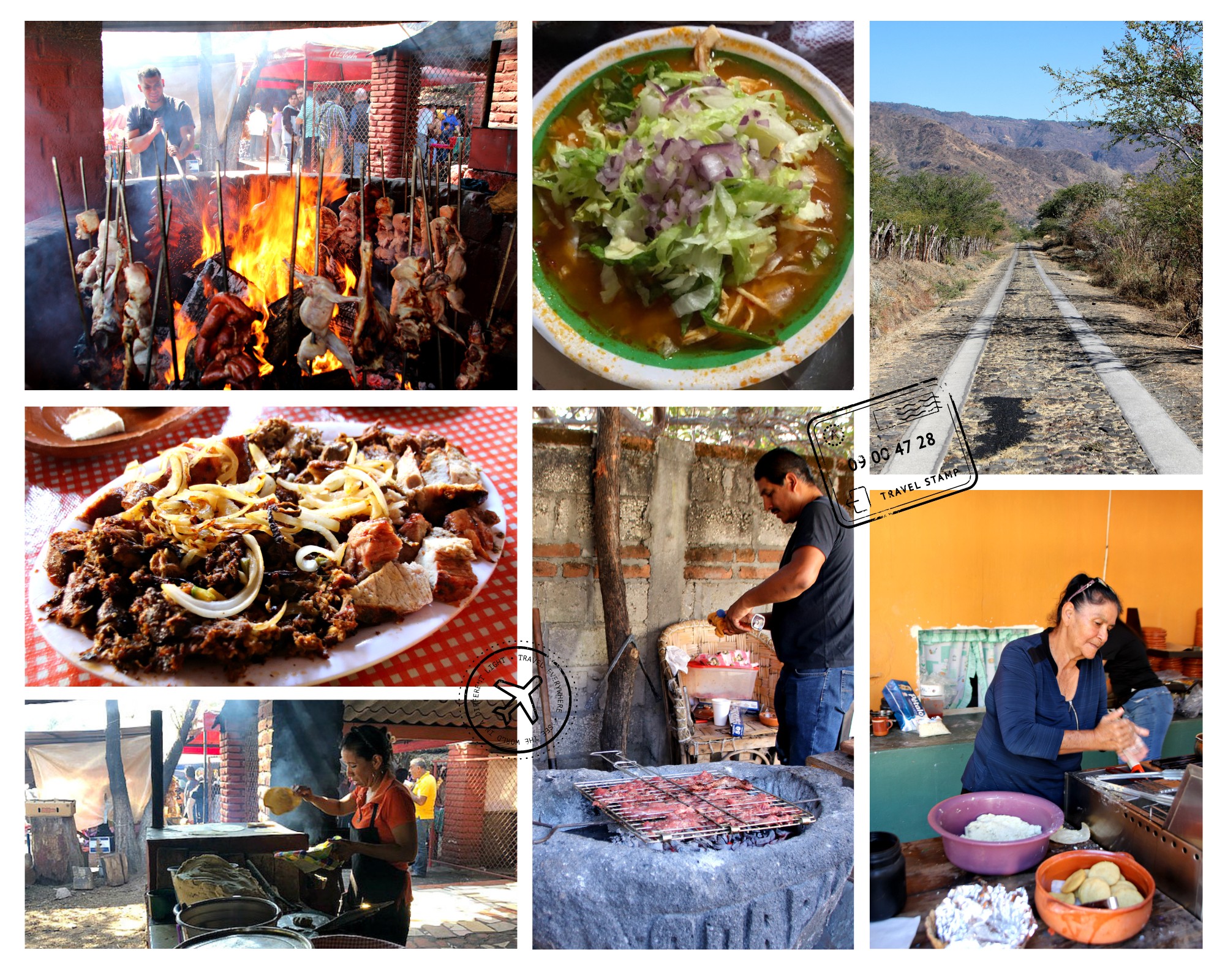
Juan Enrique Suárez Del Real Tostado, the minister of tourism for Nayarit, did not mince words when asked to describe the ambiance and attraction of the Mexican State, one of 32 in the country. First, describing Nayarit as "the jewel of Mexico", Suárez listed volcanoes, waterfalls, beaches, whales, migratory birds, and crocodiles. Then, to top the list, he added culture, gastronomy, and magic towns (Pueblos Mágicos). Finally, he concluded, "You put all these things together, and you have Nayarit.”
Suárez noted visitors often regarded Puerto Vallarta in the State of Jalisco, and Nuevo Vallarta in Nayarit, as one vast metropolis. However, in July 2022, Nuevo Vallarta officially became known as Nuevo Nayarit, thus consolidating its distinct identity.
Popular tourist destinations on the northern coast of Nayarit, alongside Banderas Bay, include:
- Bucerias (locally referred to as ‘B.C.-erias’ to acknowledge the West Coast Canadian visitor connection),
- Punta de Mita (an upscale destination home to the St. Regis Hotel and the Four Seasons) and the gateway to Islas Mariettas, where colonies of Blue-footed Boobies can be found)
- Sayulita (a Magic Town known as ‘party central’ for surfers and beach lovers),
- San Francisco, a.k.a San Pancho (for those who love to chill out).
And further north, past the cut-off to San Blas, known for its beaches, the best birding in Mexico, and Islas Marias, we took the new Autopista Tepic-San Blas, northeast to the Magic Town of Jala. When the highway and the new International section of the Tepic airport are complete after 2024, visitors will be able to access Punta de Mita and newly planned developments, such as Costa Canuva, in 45 minutes.

The name ‘Jala’ is derived from the Nahuatl word ‘Xali’, meaning ‘the place where sand abounds.’ This references the soil from which the world’s largest corn cobs are grown, some attaining a length of 20 inches (50.8 cm). Each year, the Feria del Elote (Corn Festival) coincides with the August 15th celebration of the Virgin of the Assumption, associated with the Lateran Basilica, the most prominent landmark in the city’s centre. And across from the Basilica is the city’s oldest building, the Iglesia de la Concepción, dating to 1582.
Many of the houses and public office buildings along the cobblestone streets of Jala are painted in vivid colours: pink, orange, red, yellow, green, and blue, and at sunset, the brown Sierra Madre Mountains surrounding the town turn a beautiful gold.

But it’s the ‘Black Giant’ that attracts visitors’ attention. This is Ceboruco, an active stratovolcano that last erupted in 1870. A winding, grassy road leads past curious cattle and picturesque agave fields. Along the way, the mandatory brunch stop is at El Rincon Del Campesino: Sabores del Campo (A corner of the farmer’s field: Flavours of the Hills). It’s a dream fulfilled for Nayelli Flores, the owner, who chatted about the crowds of tourists and locals who visit on the weekend to enjoy the flavourful, traditional local dishes: cactus salad, grilled beef, re-fried beans, home-made cheese, spicy guacamole, delicious potato, chicken and pork stew, and a hearty, savory stew of zucchini-pumpkin, tomato, corn, and onion. The lineup for the next batch of fresh Gorditas de Sal (small thick corn tortillas) used to soak up the flavours of the tasty food was well worth the short wait.
At the foot of the volcano, the Ceboruco sign is placed in such a way as to complement photographs of the steaming fumaroles. Hiking paths allow visitors to explore the area and visit the caldera.

And back in Jala that evening, dinner at Maribel Cenaduría equaled the quality but doubled the quantity of our brunch, with massive portions of Pozole Pollo (a rich Mexican broth made with chicken, chili, onion, cumin, garlic, and cabbage) and Tamales Rajas (corn dough filled with meat, beans, roasted peppers and cheese). A truly jumbo-sized cup of Horchata, a creamy sweet rice drink flavoured with cinnamon, was the perfect way to end the meal.
The next day, on the journey to the Magic Town of Compostela, we made another mandatory brunch stop, this time at La Sierra in Santa Maria Del Oro. The specialty is Birria, a dish ‘invented’ in Nayarit. It usually consists of stewed meats (goat, beef, or lamb), but our sampler dish included chorizo, chicken, and pork. It was served on a platter with tortillas, salsa, onions, and local cheese.
And while the delicious food is a destination by itself, many people visit Samao to take photos of the dramatic scenery around the Laguna, or volcanic crater.
We briefly stopped at Compostela to get a taste of the historic downtown area, the Plaza Principal. And then it was a two-hour drive back to the beaches in Nuevo Nayarit.
Minister of Tourism Suárez hit the mark when he spoke about all the ingredients that make Nayarit ‘the Jewel of Mexico.’ Although we were able to explore some of Nayarit’s endearing attractions and culinary scene, our trip set the tone for a follow-up visit to experience more as soon as possible.






